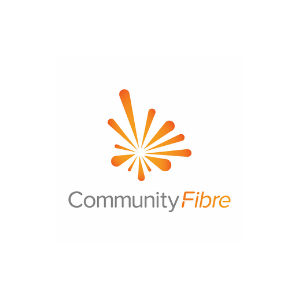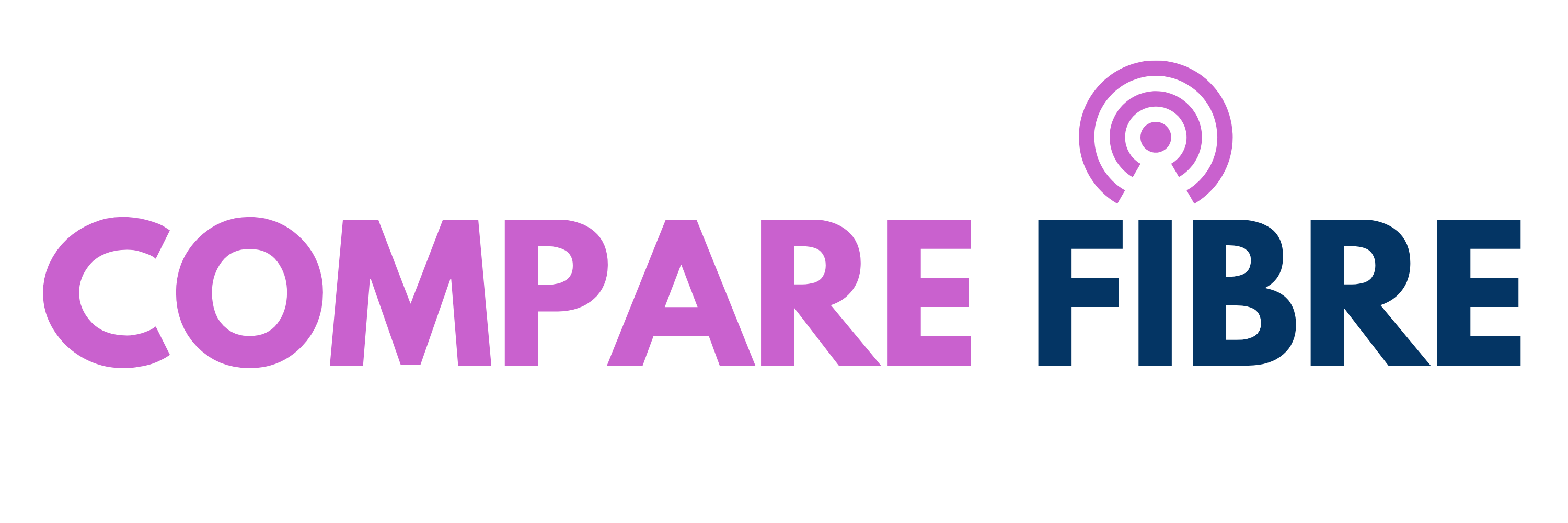Compare Broadband Prices
Search & Compare Broadband Prices In Your Area Now
Saving money on your broadband package deal is much easier than you might think. The UK market is highly competitive, and recent huge investment in the national communications infrastructure means that there are more great-value options available than ever before.

Mbps *Avg. Speed
Month Contract
Downloads
Calls
Install
Per Month

Mbps *Avg. Speed
Month Contract
Downloads
Calls
Install
Per Month

Mbps *Avg. Speed
Month Contract
Downloads
Calls
Install
Per Month

Mbps *Avg. Speed
Month Contract
Downloads
Calls
Install
Per Month

Mbps *Avg. Speed
Month Contract
Downloads
Calls
Install
Per Month

Mbps *Avg. Speed
Month Contract
Downloads
Calls
Install
Per Month

Mbps *Avg. Speed
Month Contract
Downloads
Calls
Install
Per Month

Mbps *Avg. Speed
Month Contract
Downloads
Calls
Install
Per Month

Mbps *Avg. Speed
Month Contract
Downloads
Calls
Install
Per Month

Mbps *Avg. Speed
Month Contract
Downloads
Calls
Install
Per Month
Get Alerted When Faster Speeds Go Live In Your Area
Compare Broadband Prices
While finding the right contract might seem a little confusing at first glance, with our simple tool you can compare broadband prices in your area and find the deal that’s perfect for your needs and your budget. With our broadband price comparison information, you’ll be able to clearly compare fibre broadband prices and get a detailed breakdown of the costs associated with each package, such as line rental, monthly contract costs and setup costs if they apply.
Looking to add a landline? The good news is that we compare phone and broadband prices. If you’d also like an entertainment package as part of the deal, you can also use our resources to compare TV and broadband prices too. Our aim is to provide you with a comprehensive resource so you can see how broadband prices compare in your area.
Compare broadband prices UK: things to consider when switching
Before switching broadband providers, it’s important to make a note of the contract length offered by each prospective supplier. You should also make a note of any terms and conditions – for example, some providers offer cheap broadband deals for three to six months as an incentive to sign up, before the monthly costs leap back up to standard prices.
Broadband compare prices
When searching for the most suitable broadband package, you should pay special attention to exactly what’s on offer. Our comparison tool allows you to compare fibre optic broadband prices, speeds, availability, contract lengths and any extras that might be thrown in as part of the deal. Before committing to a contract, you should use Compare Fibre to do the following:
Check broadband availability: It’s a fact that broadband packages and prices can vary depending on the area you live in. By entering your postcode into the Compare Fibre postcode checker, you’ll be able to find out exactly what’s available in your area.
Compare telephone and broadband prices: If you require a landline, you could save money by choosing a package deal which provides you with line rental, a landline and broadband all in one. Most broadband providers offer this as standard, although our tool allows you to compare broadband and phone prices to find out who can offer you the best value calls.
When you compare prices for broadband and telephone, make a note of the different types of tariff available. For example, if you only make landline calls in the evening, you should investigate if any service providers can offer you a deal which reduces the cost of evening and weekend calls.
Compare TV and broadband prices: If you’re looking to keep the whole family entertained, it makes sense to choose a broadband provider who can also offer a TV entertainment package as part of the deal. However, you should be aware that while entertainment channels and on-demand box sets might come as standard, you might be expected to pay extra if you want to enjoy live sports or movies.
Choosing the right broadband connection for your needs
The majority of entry-level home broadband packages require an active, copper-based landline to operate. This type of connection is known as an asymmetric digital subscriber line, or ADSL, and is the most common type of connection in the UK. In fact, it is estimated that over 99% of homes in the country are capable of connecting via ADSL, with speeds in the region of 10Mbps.
While coverage for ADSL is great, these connections are the slowest in the country. If you’ve got a busy household with multiple occupants doing lots of streaming, video calling and online gaming, chances are a standard ADSL connection won’t be sufficient enough for your needs. If this sounds familiar, you should compare fibre broadband prices instead.
Compare fibre optic broadband prices
Fibre broadband is currently the UK’s most widely-used type of broadband connection. It enables faster connection via the use of fibre-optic cables. These cables use light pulses instead of electric signals to transmit data to your home. When you compare fibre broadband prices, you will notice that there are two distinct types of fibre connection:
Fibre-to-the-cabinet broadband:
FTTC connections are widely available across the UK, with infrastructure covering approximately 95% of the country. These broadband connections use fibre-optic cables to connect from the provider’s exchange to your local street cabinet. The last leg of the connection, from the cabinet to your home, relies on ADSL copper lines. Performance decreases depending on how far away your home is from the local cabinet.
Full fibre broadband:
Known as fibre-to-the-premises, this type of connection is currently the fastest in the UK. It uses fibre-optic cables to connect directly from the exchange to your home. When you compare fibre optic broadband prices, you’ll notice that full fibre broadband is more expensive than a standard fibre connection. It’s also less common: approximately half of UK residents can currently avail of full fibre connectivity in 2021.
Which broadband package is the best for me?
When you compare landline and broadband prices, you’ll need to consider how many people will be using the connection simultaneously. While a standard ADSL package might seem like a good deal, the money you’ll save in comparison to a full fibre connection might not be worth the frustration of a slow connection. After all, nobody wants to experience buffering when attempting to stream the latest must-see TV drama in High Definition. Here are some rough guidelines as to what speed you’ll need to cater for the number of users in your home:
Less than 30Mbps: Perfect for one or two users, or for simple web browsing.
30-60Mbps: Ideal for three or more users, or those who stream or game infrequently.
60-100Mbps: Suitable for five or more users, and capable of handling frequent HD streaming across multiple connections.
100Mbps and above: Ideal for 8 more users, and capable of handling simultaneous streaming and large downloads.
Ultimately, you’ll want to find the right balance between pricing and speed so that you can enjoy a connection which is suitable for your use and in line with your budget. The best way to find the right package is to use our site to compare broadband prices in your area today – you’ll receive a detailed list in a matter of seconds, enabling you to make the right choice.
